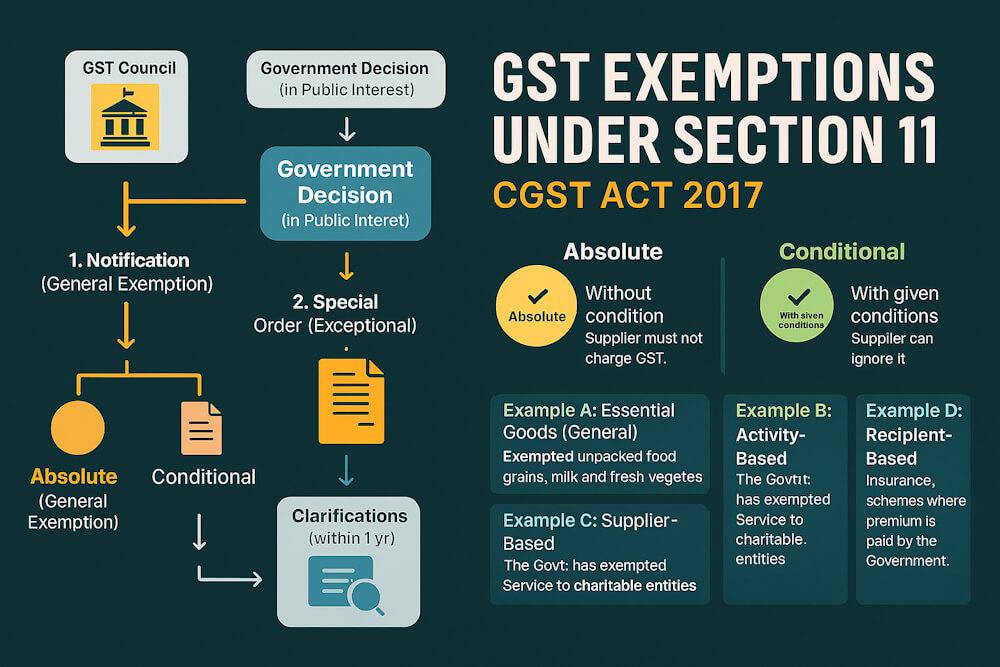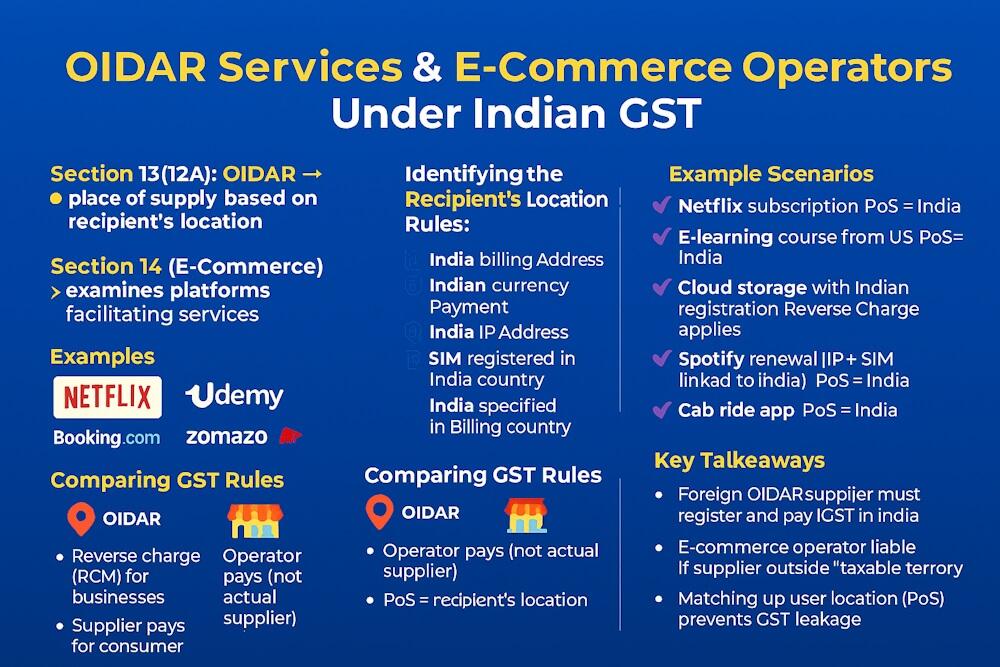Human resource planners face significant barriers while formulating an HR plan. The major barriers are:
1. Inaccuracy
Human resource planning involves forecasting the demand for and supply of human resources. Projecting manpower needs over a period of time is risky. It is not possible to track the current and future trends correctly and convert the same into meaningful action guidelines. The longer the time horizon, the greater is the possibility of inaccuracy.
Inaccuracy increases when departmental forecasts are merely aggregated without critical review. Factors such as absenteeism, labour turnover, seasonal trends in demand, competitive pressures, technological changes and a host of other factors may turn the rest of manpower plans into fashionable, decorative pieces.
2. Uncertainties
Technological changes and market fluctuations are uncertainties, which serve as constraints to human resource planning. It is risky to depend upon general estimates of manpower in the face of rapid changes in the environment.
3. Lack of Support
Planning is generally undertaken to improve overall efficiency. In the name of cost-cutting, this may ultimately help management weed out unwanted labour at various levels. The few efficient workers that survive such frequent onslaughts end up complaining about increased workloads.
Support from management also tends to be missing. Managers in organizations are usually unwilling to commit funds for building an appropriate human resource information system. The time and effort involved – with no tangible or immediate gains – often force them to look the ‘other way’.
Successful human resource planning flourishes slowly and gradually. In some cases, sophisticated technologies are forcefully introduced just because competitors have adopted them. Such methods may not yield fruits unless matched with the needs and environment of the particular enterprise.
This can also lead to a conflict between short-term and long-term HR needs. For example, there can be a conflict between the pressure to get the work done on time and long-term needs, such as preparing people for assuming greater responsibilities. Many managers believe that HR needs can be met immediately because skills are available on the market as long as wages and salaries are competitive. Therefore, long-term plans are often neglected in favour of short-term planning.
4. Numbers’ Game
In some companies, human resource planning is used as a numbers game. There is too much focus on the quantitative aspect to ensure the flow of people in and out of the organisation.
Such an exclusive focus overtakes the more important dimension, i.e., the quality of human resources. HR planning, in the final analysis, may suffer due to an excessive focus on the quantitative aspects. The quality side of the process (consisting of employee motivation, morale, career prospects, training avenues, etc.) may be discounted thoroughly.
The best result can only be achieved if there is a balance between quantitative and qualitative approaches to HR management.
5. Employee Resistance
Employees and trade unions feel that due to widespread unemployment, people will be available for jobs as and when required. Moreover, they feel that human resource planning increases their workload and regulates them through productivity bargaining.
6. Employers’ Resistance
Employers may also resist human resource planning, feeling that it increases the cost of manpower. HR information is often incompatible with other information used in strategy formulation.
Strategic planning efforts have long been oriented towards financial forecasting, often to the exclusion of other types of information. In fact, financial forecasting usually tends to take precedence over HRP.
7. Lack of Purpose
Managers and human resource specialists do not fully understand the human planning process and lack a strong sense of purpose. The non-involvement of operating managers renders HRP ineffective.
HRP is not strictly an HR department function. Successful planning needs a coordinated effort on the part of operating managers and HR personnel.
8. Time and Expenses
Manpower planning is a time-consuming and expensive exercise. A good deal of time and cost are involved in data collection and forecasting.
9. HRP vs Business Management
HR practitioners are perceived as experts in handling personnel matters but they are not experts in managing a business. The personnel plan conceived and formulated by the HR practitioners, when enmeshed with the organizational plan, has the possibility of making the overall strategic plan of the organization ineffective.





